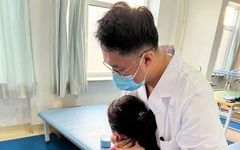
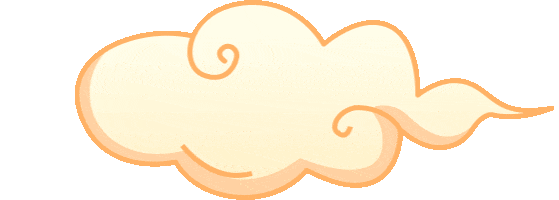 Tuina
Tuina Tuina is a therapeutic technique based on the theories of TCM organ systems and meridian theory, combined with human anatomy and diagnostics. It employs specific manual techniques applied to certain areas of the body to regulate physiological and pathological conditions, achieving effects such as unblocking meridians, regulating Qi and blood, and balancing Yin and Yang, ultimately serving as a method of external treatment in TCM for disease prevention and treatment.
Tuina is a therapeutic technique based on the theories of TCM organ systems and meridian theory, combined with human anatomy and diagnostics. It employs specific manual techniques applied to certain areas of the body to regulate physiological and pathological conditions, achieving effects such as unblocking meridians, regulating Qi and blood, and balancing Yin and Yang, ultimately serving as a method of external treatment in TCM for disease prevention and treatment.
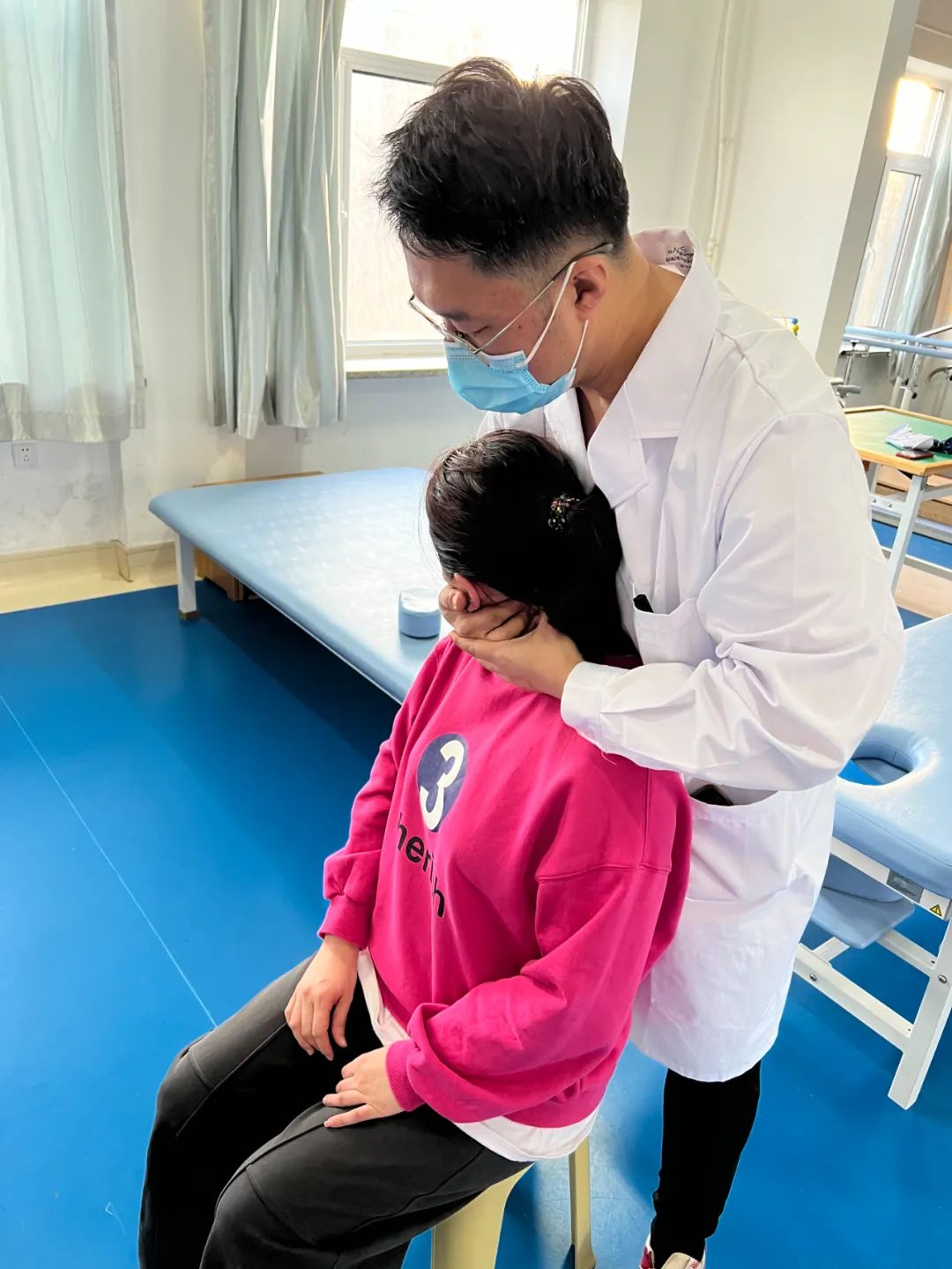
Commonly usedbasic techniques in clinical practice include pressing, rubbing, pushing, grasping, kneading, pinching, and shaking, among others.
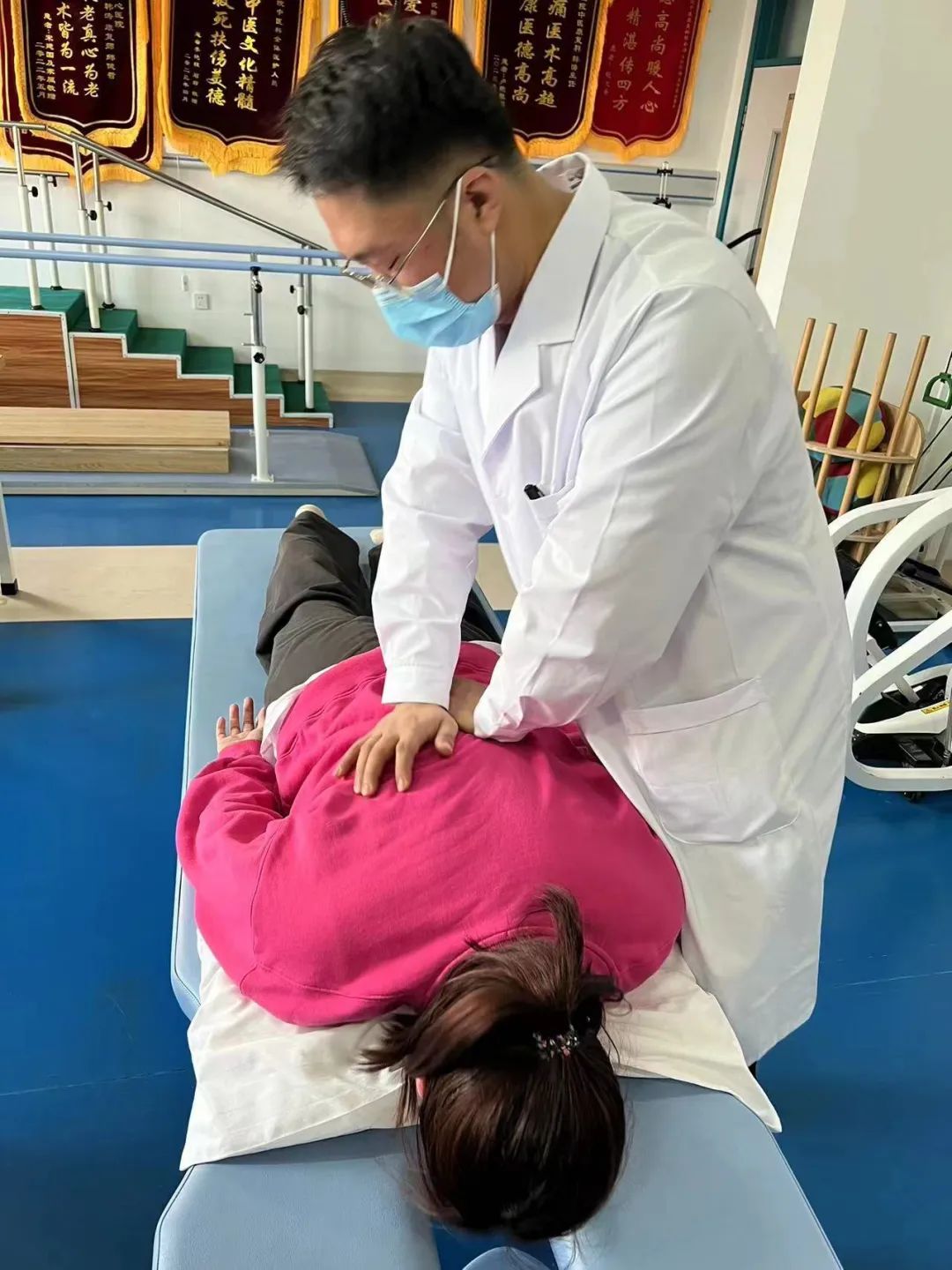
1Effects1Unblocking meridians and promoting Qi and blood circulation2Regulating muscles and restoring function, facilitating joint movement3Harmonizing organ systems, supporting the righteous Qi and dispelling pathogenic factors2Indications
Orthopedic diseases such as muscle soreness, strain, and atrophy in areas like the shoulders, waist, and back;
Joint pain in the limbs;
Neuromuscular diseases such as femoral nerve pain, sciatica, muscle spasms, and gastrocnemius cramps.
3Contraindications1Massage is strictly prohibited on areas with skin diseases or injuries caused by burns or scalds;2
Massage is strictly prohibited for patients with blood disorders or bleeding tendencies to prevent bleeding;
3
Massage is strictly prohibited for patients with chronic illnesses, severe heart, lung, or brain diseases, gastrointestinal perforation, advanced age, or extreme physical weakness;
4
Massage is not allowed for patients who are extremely fatigued, intoxicated, or unable to cooperate due to mental illness;
5
Massage is contraindicated for infectious diseases such as osteomyelitis, bone tuberculosis, severe osteoporosis, unhealed fractures, dislocations, and during acute or chronic infectious disease courses;
6
Massage is not suitable for musculoskeletal conditions caused by tuberculosis or pyogenic bacteria;
7
For women during pregnancy and menstruation, heavy massage techniques should not be applied to the abdomen and lower back;
8
Massage is not recommended when the patient is hungry or after intense exercise.
4Precautions before Tuina1
Nails should be trimmed, hands washed, and any obstructive items such as rings should be removed before massage;
2
The practitioner should maintain a kind, serious, and attentive attitude, patiently explaining the condition to the patient to gain their cooperation;
3
The positioning of the patient and doctor should be appropriate; especially, the patient’s sitting or lying posture should follow the doctor’s guidance to ensure comfort and facilitate operation;
4
The massage techniques should be appropriately firm, with constant observation of the patient’s condition;
5
The duration of each massage session should be 10 to 15 minutes;
6
Do not massage immediately after the patient experiences strong emotions such as anger, joy, fear, or sadness;
7
Do not rush to massage after a full meal; generally, it is advisable to wait about 2 hours after eating;
8
Patients may fall asleep during the massage; a towel should be provided to prevent them from getting cold, and the room temperature should be comfortable.
Expert Introduction

Han TaoDirector of the TCM Rehabilitation Department at Shenyang Aerospace Hospital, Associate Chief PhysicianWith nearly 30 years of clinical experience, he has studied at the Pain Rehabilitation Department of Shengjing Hospital of China Medical University. He serves as an executive member of the Aerospace Medical TCM Alliance, a member of the Brain Disease Rehabilitation Committee of the Liaoning Province TCM Association, a member of the Pain Rehabilitation Medicine Committee of Shenyang, and a member of the Pain Department of Shengjing Hospital of China Medical University.Specializes in the diagnosis and treatment of painful diseases (such as cervical and lumbar disc herniation, synovitis, bursitis, knee osteoarthritis, cervical spondylosis, shoulder periarthritis, tennis elbow, tenosynovitis, spinal stenosis, sciatica, piriformis syndrome, heel pain, soft tissue injuries, etc.). Rehabilitation of neurological diseases (such as stroke, traumatic brain injury, functional disabilities after brain surgery, spinal cord injury recovery treatment, peripheral nerve injury, facial paralysis, cerebral palsy, paraplegia, etc.). Sports rehabilitation (sports injuries, post-fracture, neuromuscular weakness, etc.). He has unique efficacy in intrathecal drug delivery for lumbar disc herniation and the “Five-Step Therapy” for degenerative knee osteoarthritis. He has participated in numerous international and domestic academic exchanges and has launched over 30 new technologies and services in the past decade.

Zhao Qi (Beijing Expert)Associate Chief Physician of the TCM Department at Aerospace Center Hospital, Expert in the TCM Rehabilitation Department at Shenyang Aerospace HospitalProfessional member of the Beijing Association of Integrative Medicine, Director of the Spinal Health Committee of the World Federation of Chinese Medicine Societies, and member of the Pain Committee of the Beijing TCM Association.Long-term engagement in TCM orthopedics, specializes in the integrative treatment of cervical spondylosis, lumbar disc herniation, lumbar spinal stenosis, shoulder periarthritis, knee osteoarthritis, etc.; employs spinal manipulation techniques to treat related diseases caused by scoliosis; utilizes small needle knife techniques to treat various soft tissue and joint pain issues.
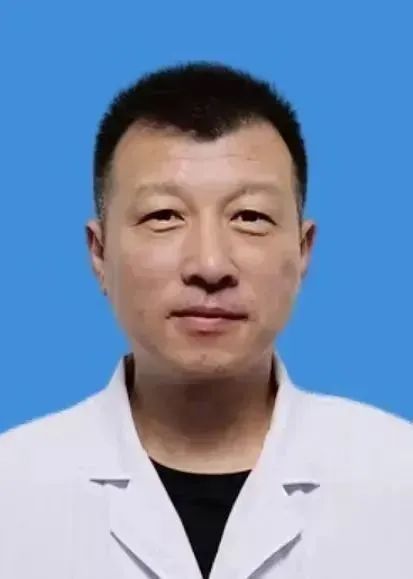
Li PengAssociate Chief Physician of the TCM Rehabilitation Department at Shenyang Aerospace HospitalCurrently a member of the Aerospace Medical TCM Alliance and a member of the Acupuncture and Medicine Integration Committee of the Chinese Acupuncture Association. Graduated from Liaoning University of Traditional Chinese Medicine in 1995 and has 25 years of clinical experience.Specializes in the combined use of acupuncture and medicine, tailoring treatment based on individual conditions. Applies TCM diagnostic methods, integrating the principles of TCM with modern technology to treat conditions such as dizziness, headaches, facial paralysis, hemiplegia, insomnia, palpitations, chest pain, stomach pain, abdominal distension, low back pain, urinary retention, and arthralgia, achieving satisfactory results. TCM specialty: uses the theories from the “Huangdi Neijing” to guide patients in adopting correct lifestyles and dietary structures, thus achieving the TCM goal of “preventing disease before it occurs.”
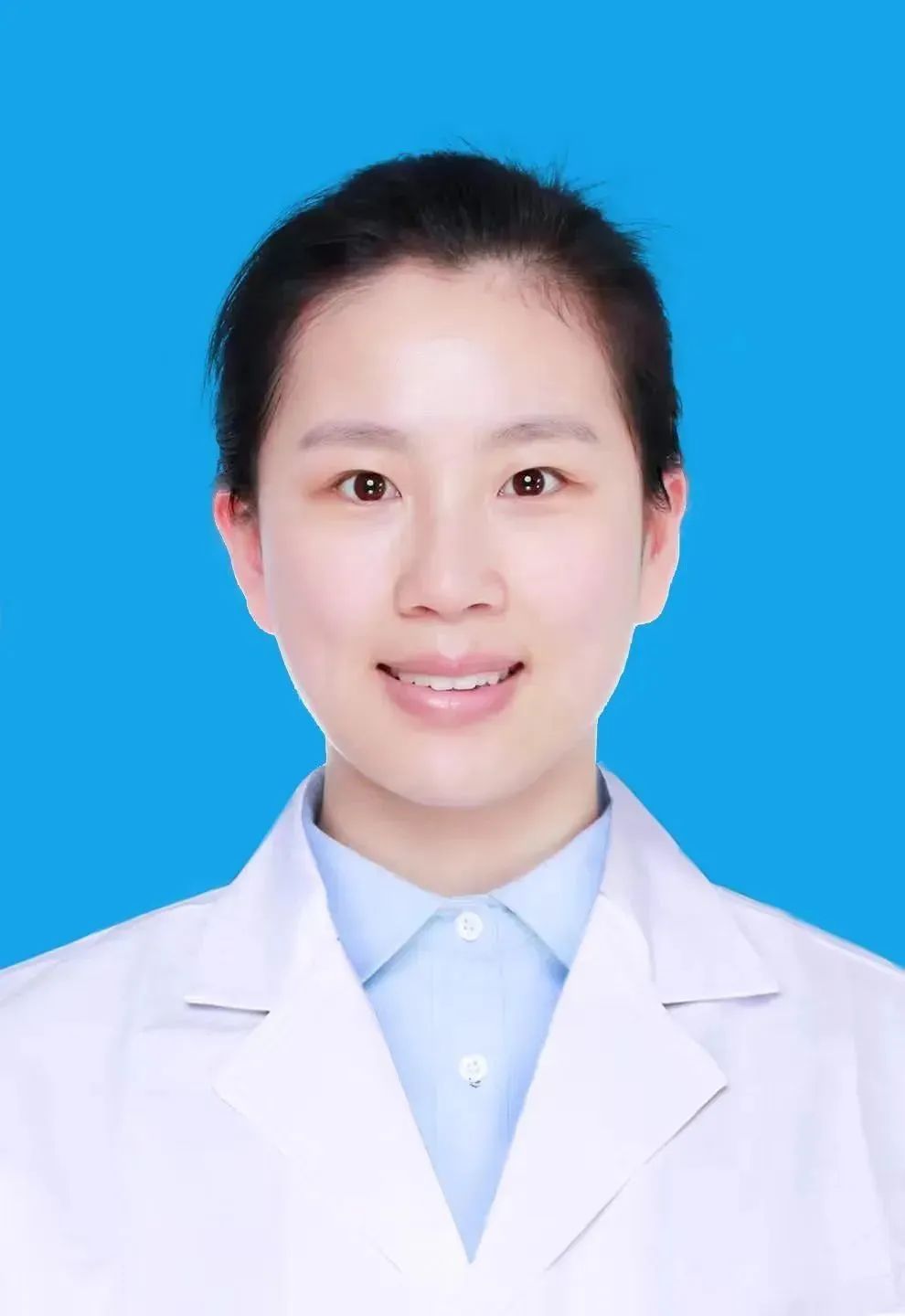
Zhang Fengli
Attending physician and deputy chief resident of the TCM Rehabilitation Department at Shenyang Aerospace Hospital, Master’s degree graduate from Heilongjiang University of Traditional Chinese Medicine, majoring in TCM Internal Medicine.
Specializes in the use of Chinese medicine, acupuncture, moxibustion, and cupping techniques to treat diseases. The integrative approach of TCM and Western medicine has shown excellent efficacy in treating common conditions such as neck, shoulder, waist, and leg pain, facial paralysis, stiff neck, acute lumbar sprain, and sequelae of stroke; clinically, he often applies TCM theories, combining internal and external treatments to comprehensively regulate metabolic diseases such as constipation, diarrhea, hypertension, hyperlipidemia, obesity, menstrual disorders, menopausal syndrome, and pediatric food accumulation.
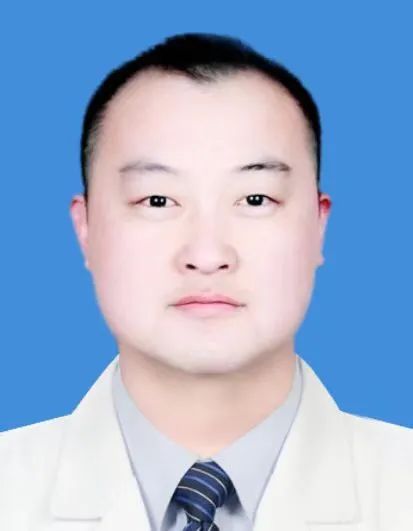 Wang AnxuAttending physician of the TCM Rehabilitation Department at Shenyang Aerospace Hospital, graduated from Liaoning University of Traditional Chinese Medicine, member of the Aerospace Medical TCM Alliance, and member of the Acupuncture Association of China. With over 10 years of medical experience, he has worked at the Armed Police Liaoning Provincial General Hospital and Shenyang Fourth People’s Hospital, primarily responsible for the diagnosis and treatment of common diseases in middle-aged and elderly patients, achieving significant results. He has a profound understanding of the TCM philosophy of preventing disease before it occurs.Specializes in traditional acupuncture, Dong’s special points, abdominal acupuncture, floating needle techniques, and small needle knife techniques to treat various diseases such as cervical spondylosis, shoulder periarthritis, tennis elbow, lumbar disc herniation, and knee synovitis, as well as headaches, dizziness, insomnia, trigeminal neuralgia, various facial paralysis, rhinitis, tinnitus, and various gastrointestinal diseases. TCM acupuncture treatment offers unique insights into various diseases. He has participated in writing books such as “Clinical Acupuncture” and has been involved in the establishment of the TCM inheritance studio led by Director Xiong Huaihai at Shenyang Aerospace Hospital. He has published two academic papers on acupuncture, receiving recognition and experience transmission from industry experts. He is committed to inheriting traditional Chinese medicine and giving back to society.
Wang AnxuAttending physician of the TCM Rehabilitation Department at Shenyang Aerospace Hospital, graduated from Liaoning University of Traditional Chinese Medicine, member of the Aerospace Medical TCM Alliance, and member of the Acupuncture Association of China. With over 10 years of medical experience, he has worked at the Armed Police Liaoning Provincial General Hospital and Shenyang Fourth People’s Hospital, primarily responsible for the diagnosis and treatment of common diseases in middle-aged and elderly patients, achieving significant results. He has a profound understanding of the TCM philosophy of preventing disease before it occurs.Specializes in traditional acupuncture, Dong’s special points, abdominal acupuncture, floating needle techniques, and small needle knife techniques to treat various diseases such as cervical spondylosis, shoulder periarthritis, tennis elbow, lumbar disc herniation, and knee synovitis, as well as headaches, dizziness, insomnia, trigeminal neuralgia, various facial paralysis, rhinitis, tinnitus, and various gastrointestinal diseases. TCM acupuncture treatment offers unique insights into various diseases. He has participated in writing books such as “Clinical Acupuncture” and has been involved in the establishment of the TCM inheritance studio led by Director Xiong Huaihai at Shenyang Aerospace Hospital. He has published two academic papers on acupuncture, receiving recognition and experience transmission from industry experts. He is committed to inheriting traditional Chinese medicine and giving back to society.
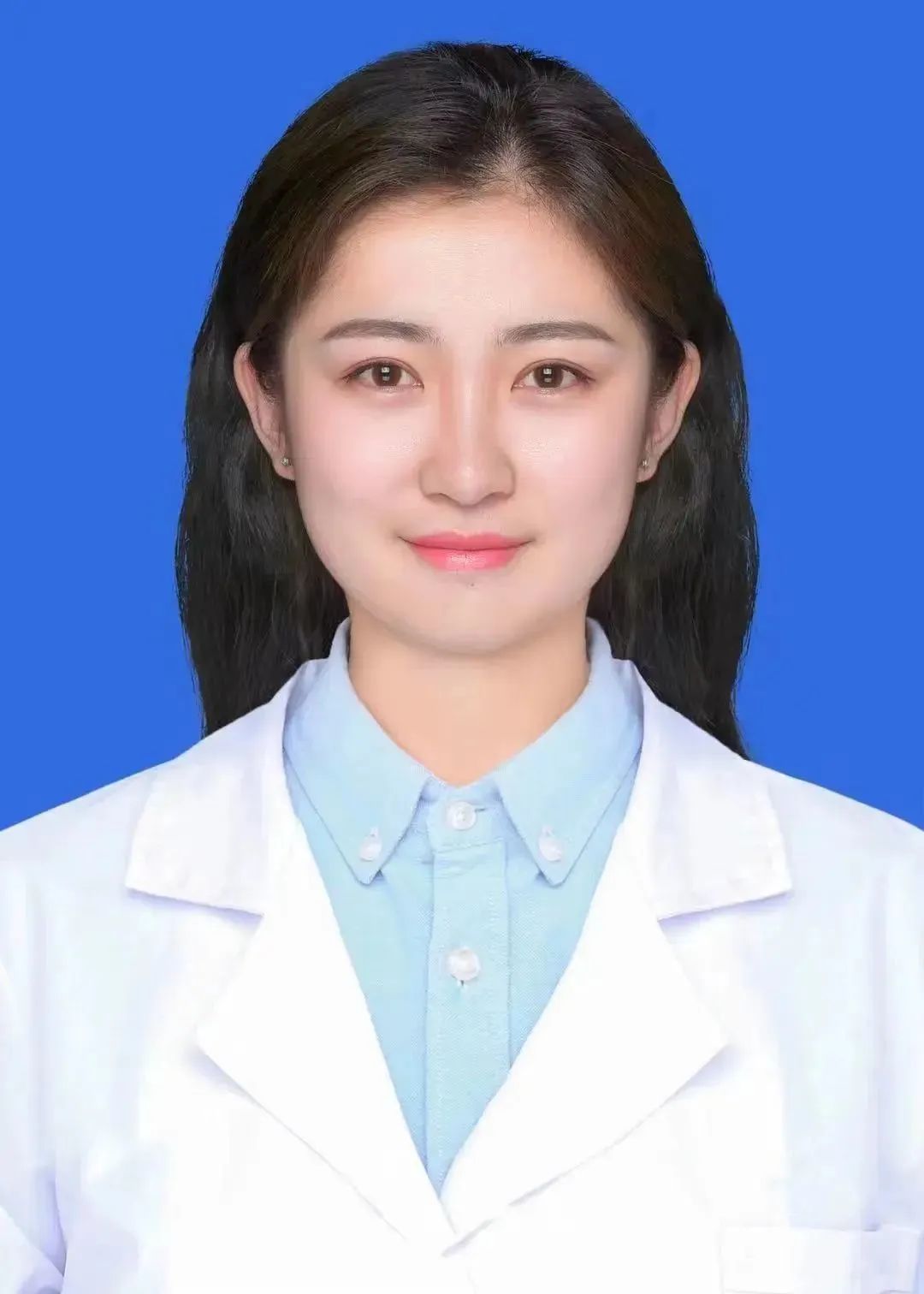
Yang ShuangyuPhysician in the TCM Rehabilitation Department at Shenyang Aerospace Hospital, graduate student at the First Clinical College of China Medical UniversityGraduated from the Acupuncture and Tuina College of Liaoning University of Traditional Chinese Medicine, with solid theoretical knowledge and clinical skills, serving as a member of the Classic and Clinical Committee of the Liaoning Province TCM Association, a member of the Aerospace Medical TCM Alliance, and a member of the Acupuncture and Medicine Integration Committee. After rigorous assessment, he studied under Professor Xiong Huaihai, a renowned TCM expert in Beijing, for three years.Specializes in acupuncture analgesia, treating neck, shoulder, waist, and leg pain, postherpetic neuralgia, headaches, etc., using the awakening acupuncture technique developed by Academician Shi Xuexin for treating sequelae of cerebrovascular diseases, as well as acupuncture regulation and the integration of acupuncture and medicine for treating constipation, diarrhea, abdominal distension, insomnia, etc. He applies syndrome differentiation to regulate individuals in sub-health states. He has contributed to writing chapters of the book “Quick Techniques for Acupuncture and Medicine” and has published several professional papers.
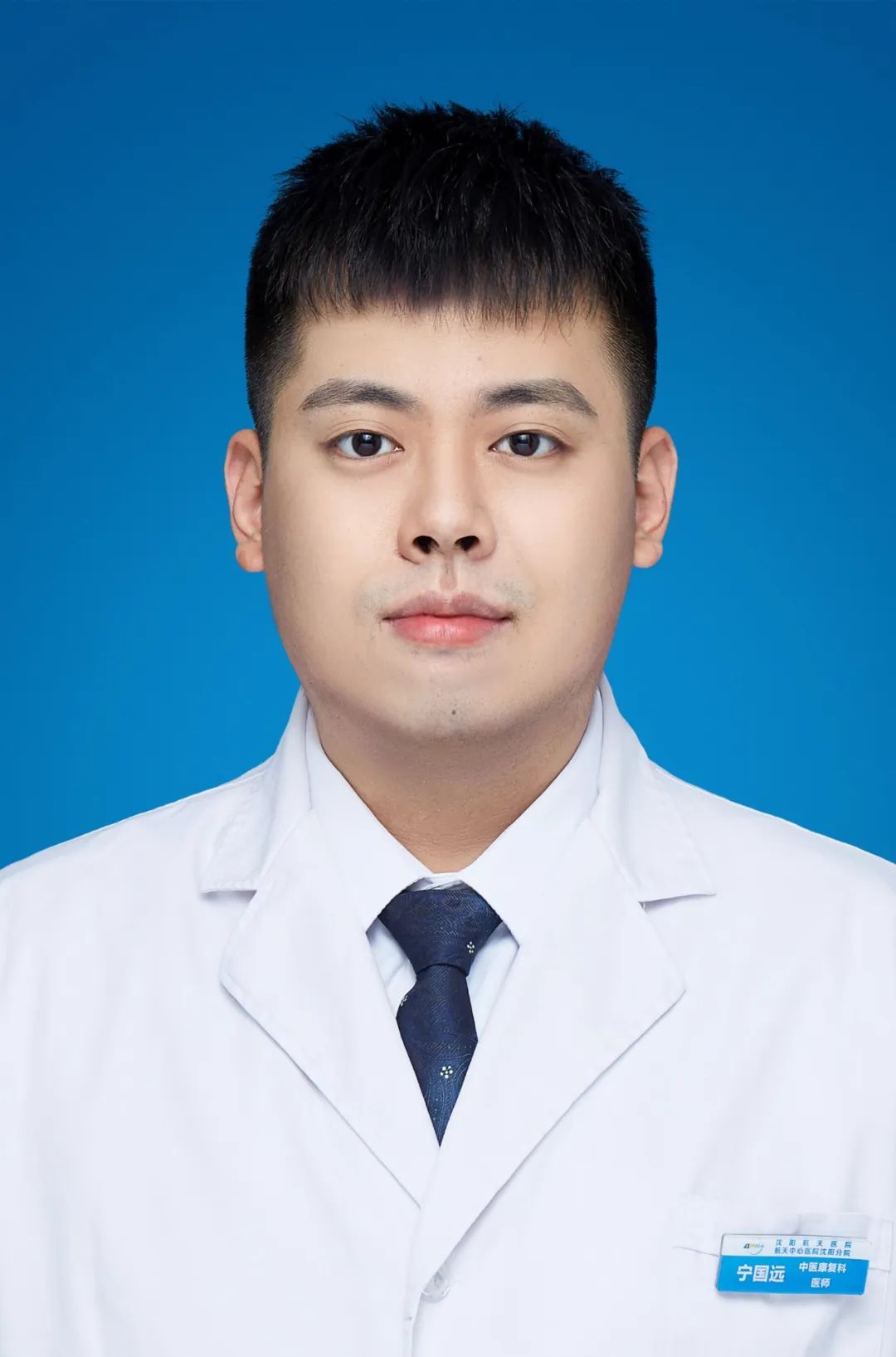
Ning Guoyuan Physician in the TCM Rehabilitation Department at Shenyang Aerospace Hospital Disciple of Associate Chief Physician Xiong Huaihai in the Acupuncture Sub-specialty of the TCM Department at Aerospace Center Hospital, member of the Acupuncture and Medicine Integration Committee of the Chinese Acupuncture Association, member of the Classic and Clinical Committee of the Liaoning Province TCM Association, and member of the Aerospace Medical TCM Alliance. He has trained at Liaoning Provincial Hospital of Traditional Chinese Medicine and the Liaoning Academy of Traditional Chinese Medicine. He specializes in treating soft tissue injuries in internal medicine and orthopedic diseases. He also has insights into handling critical internal medicine emergencies. Specializes in the combined use of acupuncture and medicine to treat related diseases.Professional Expertise: Specializes in treating various acute neck, shoulder, waist, and leg pain, as well as common diseases with acupuncture and medication, achieving certain efficacy in diagnosing and treating digestive system diseases and regulating sub-health states in young and middle-aged individuals. He is skilled in using appropriate techniques to treat soft tissue injuries related to orthopedic conditions.END
Text: TCM Rehabilitation Department, Ning Guoyuan
Editor: Wu Yue
Reviewer: Han Shuang
Hospital Introduction
Shenyang Aerospace Hospital (Shenyang Branch of Aerospace Center Hospital) was established in 1986. On July 1, 2020, it formed a close medical alliance with Aerospace Center Hospital (Peking University Aerospace Clinical College), under the China General Technology Group’s Aerospace Medical Health Technology Group Co., Ltd. It is a comprehensive secondary public hospital integrating medical care, teaching, research, emergency care, prevention, and rehabilitation. The hospital covers an area of 11,423 square meters, has 320 open beds, and 22 medical and technical departments, with over 360 staff members. The professional technical personnel from the Aerospace Center Hospital are distributed across various departments of the hospital, enhancing the regional medical resource strength and significantly meeting the diverse health needs of the surrounding population.
The hospital has departments including cardiology, endocrinology, neurology, respiratory and geriatric medicine, gastroenterology, hematology, oncology, nephrology, urology, general surgery, orthopedics, plastic surgery, emergency medicine, TCM rehabilitation, obstetrics and gynecology, pediatrics, dentistry, otolaryngology, dermatology, laboratory, pathology, medical imaging, and community health service center. It is equipped with advanced facilities and comprehensive functions, including a remote consultation center for telemedicine services. The hospital has large medical equipment such as GE MRI, GE 64-slice spiral CT, Pentax high-definition electronic gastrointestinal endoscopy system, Mindray color Doppler ultrasound system, and Lumenis intense pulsed light and laser systems. The rapid development of the hospital has earned the trust and support of group leaders and various levels of government, with plans for future development phases to expand the overall scale of the hospital. The hospital is committed to high-quality rapid development, aiming to become a modern large-scale tertiary comprehensive hospital with regional influence, competitive disciplines, and creative teams, characterized by distinct features.
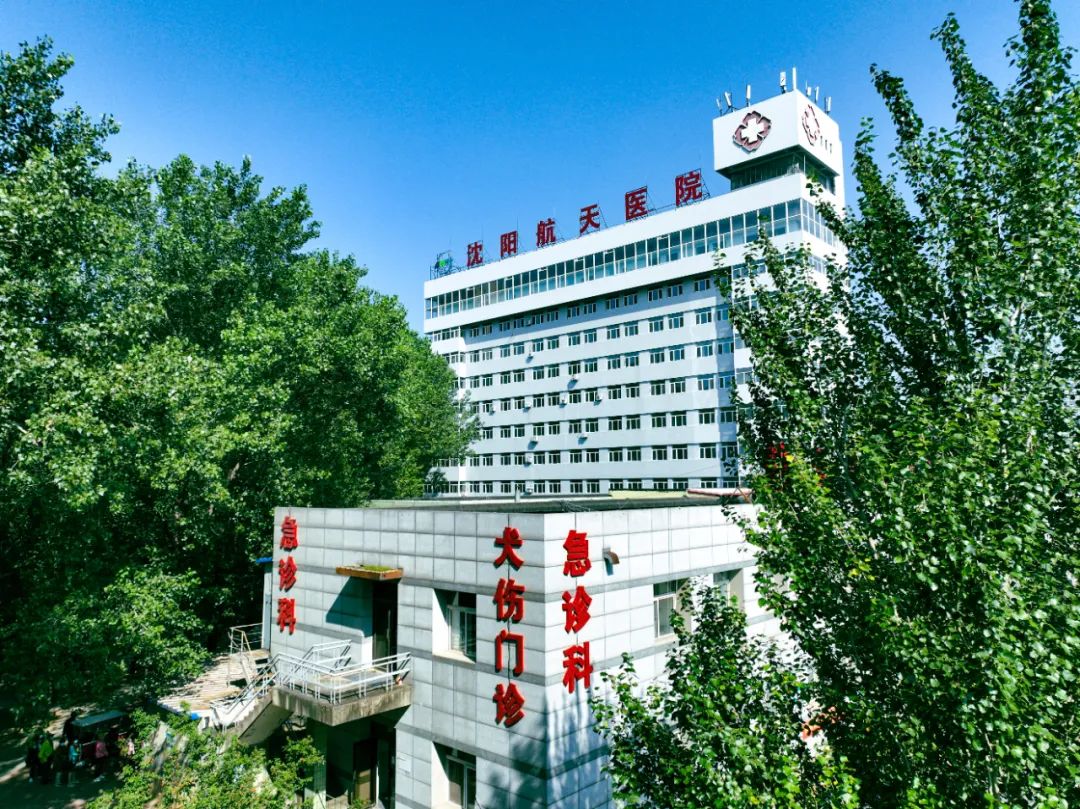
606 Comprehensive Outpatient IntroductionThe 606 Comprehensive Outpatient Department of Shenyang Aerospace Hospital was established in September 2023, under the Aerospace Medical Health Technology Group Co., Ltd. It is based on outpatient diagnosis and treatment, integrating Chinese and Western medicine, with standardized department settings, reasonable treatment processes, and strong technical capabilities. It includes departments for internal medicine, surgery, obstetrics and gynecology, pediatrics, family wards, emergency rescue, and TCM rehabilitation, capable of diagnosing and treating common diseases, routine laboratory tests, and ECG ultrasound, while also opening a green channel for zero markup on medications.Shenyang Aerospace Hospital actively promotes the sinking of high-quality medical resources, achieving regional medical resource sharing, and regularly dispatching experts from Aerospace Center Hospital (Peking University Aerospace Clinical College) for outpatient services. All medical staff in the comprehensive outpatient department adhere to the service philosophy of “Eternal Service, Pursuit of Excellence,” providing integrated and comprehensive medical health services for employees, families, and residents in the surrounding area.


